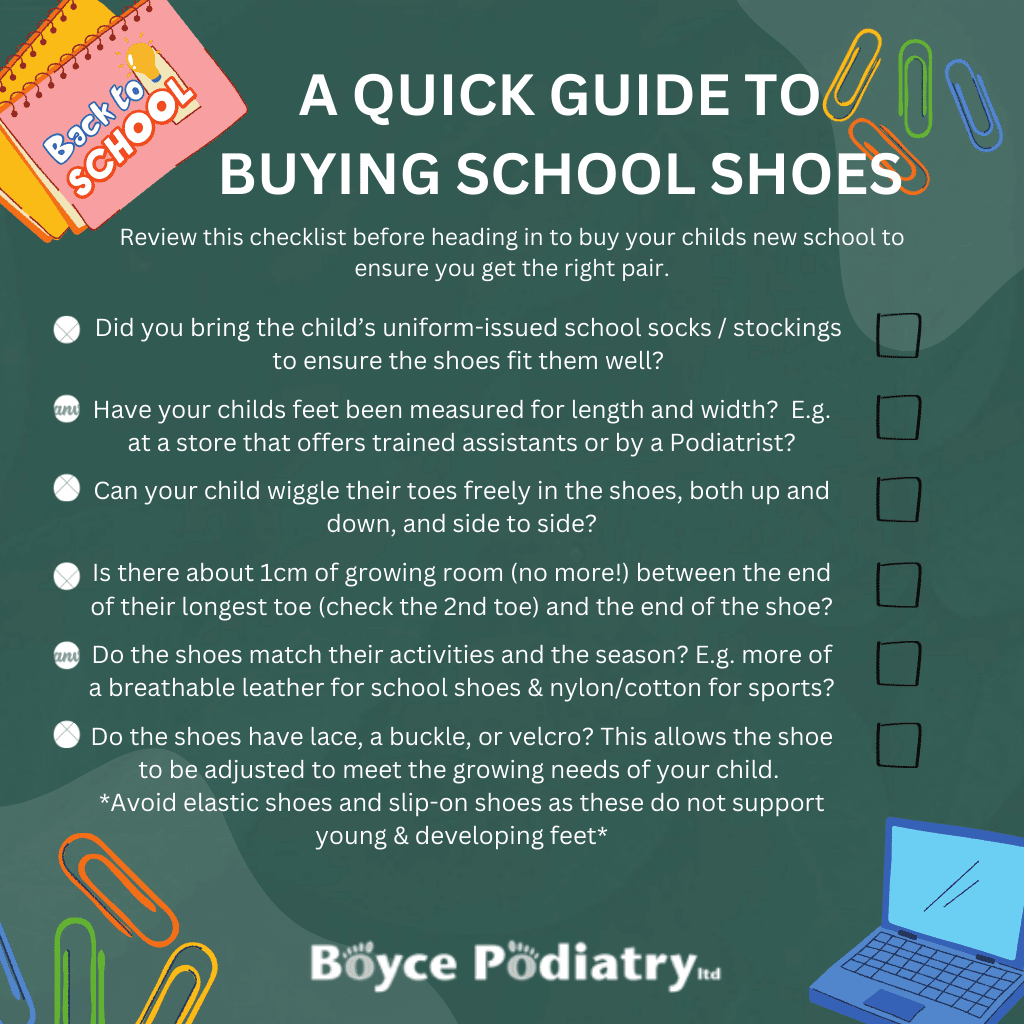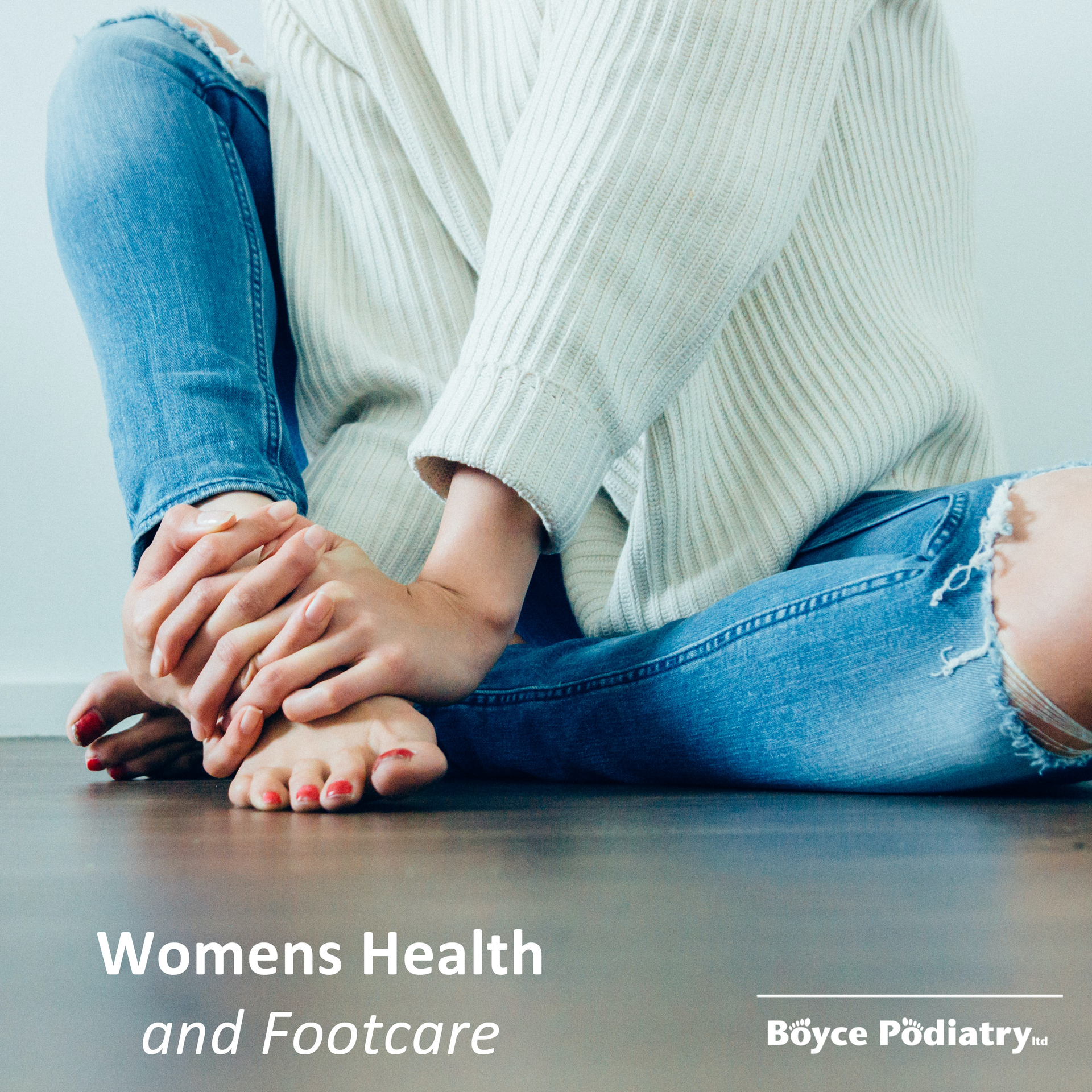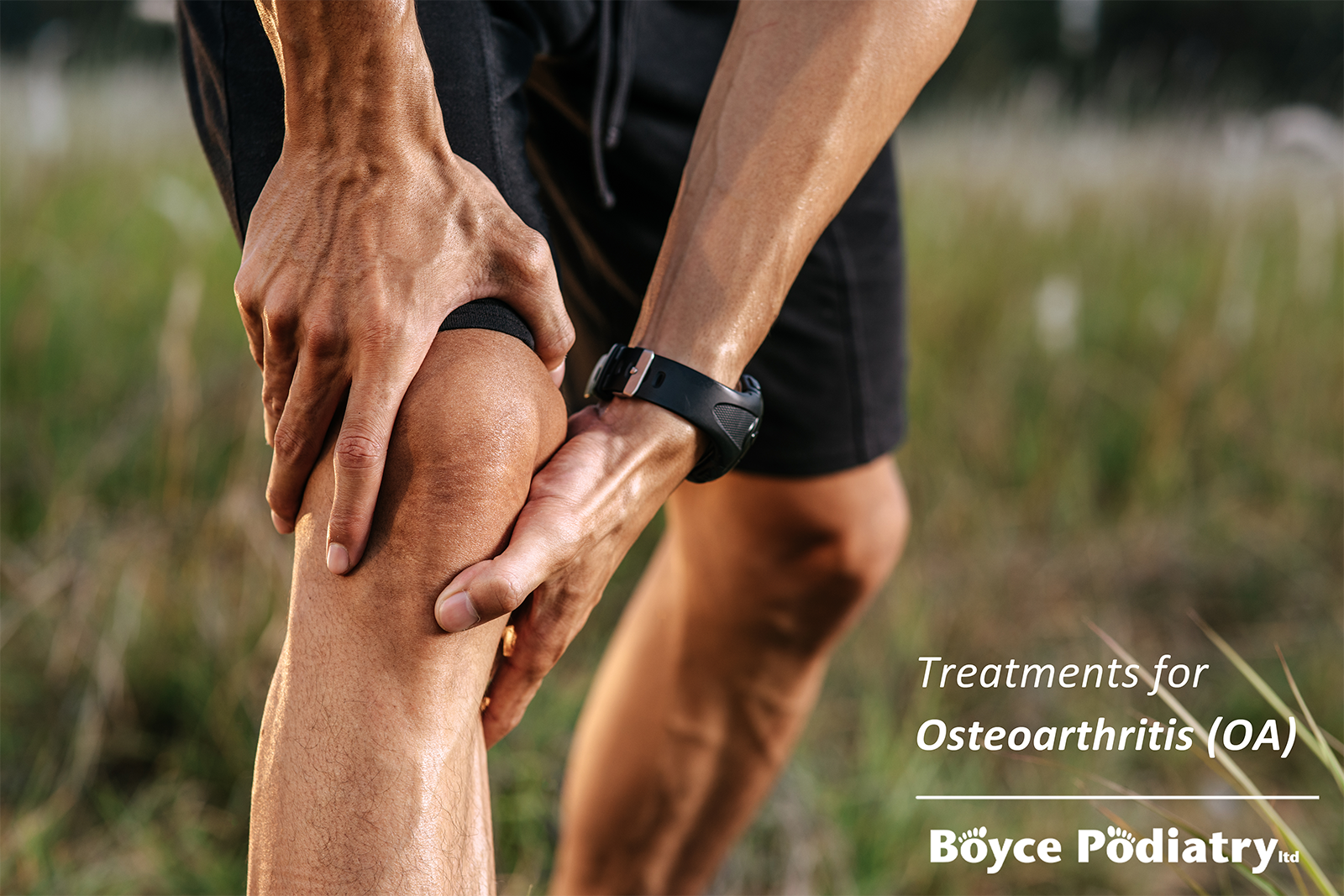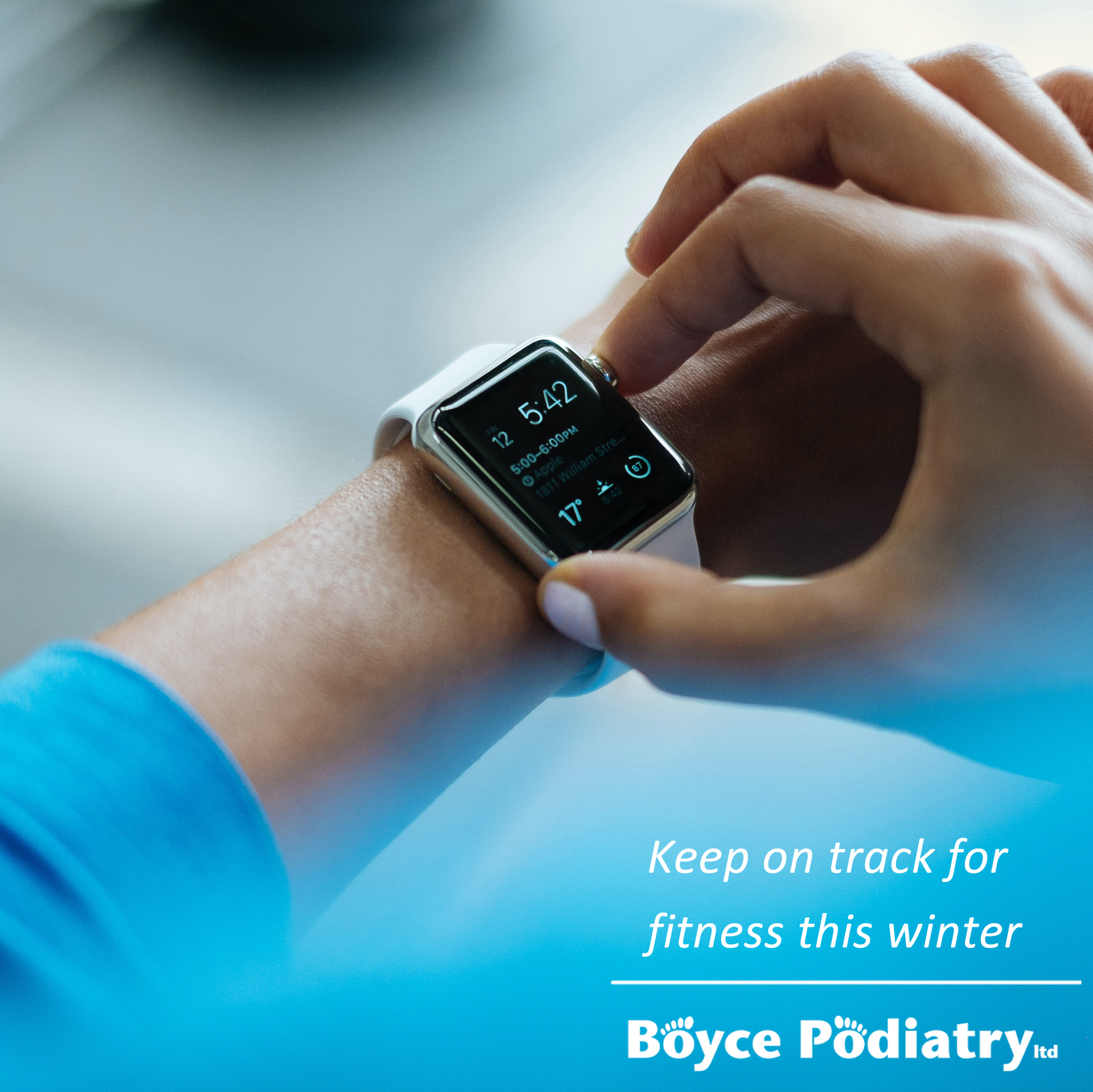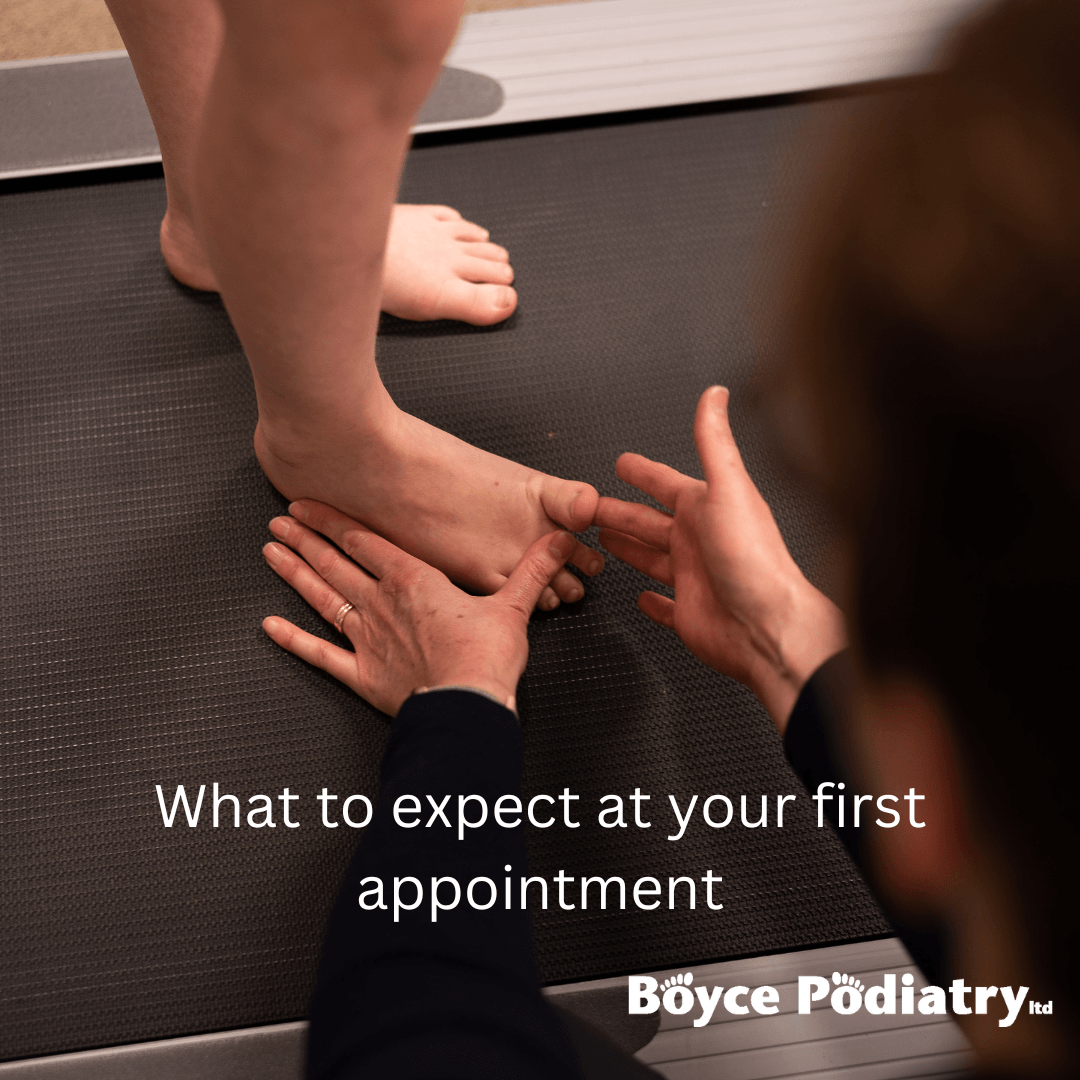Why Updating Your Walking/Running Shoes is Important – And When You Should Do It
Are your running or walking shoes starting to show signs of wear? Are those little aches and niggles creeping back into your routine? As much as we wish they could last forever, running shoes don’t stay in peak condition indefinitely. In general, it's recommended to replace your running or walking shoes every 800–1,000 kilometers (or about every 500–620 miles), depending on your running style, terrain, and shoe quality.
Here’s why regular updates are essential—and how to tell when it’s time for a new pair.
What Makes Shoes Wear Out Faster?
You might be unknowingly shortening the life of your shoes with a few common habits. Here are some things to keep in mind:
- Not Untying Your Laces
It may sound like something your parents would remind you about, but untying your laces before taking off your shoes is crucial. If you slip off your shoes without loosening the laces, you put unnecessary pressure on the heel and the internal structure of the shoe, leading to faster wear. Untying the laces not only preserves the shape of the heel counter but also ensures better ankle support. - Using the Wrong Shoe for the Terrain
Not all shoes are made equal. Running shoes are designed for smooth surfaces, while trail shoes are built with harder-wearing, grippier soles to handle rough, uneven terrain. If you're regularly alternating between the road and trails, consider investing in two pairs: one for pavement and one for the trails. This will extend the life of your shoes and provide better support for each environment. - Wearing the Same Pair Every Day
Your shoes need time to recover, too. The foam in running and walking shoes compresses with each step, and if you wear the same pair every day, the foam doesn't get a chance to fully return to its original state. For optimal performance and longevity, consider having two pairs of shoes to alternate between.
How to Assess When Your Shoes Need Replacing
When it’s time to shop for new shoes, there are a few key things to check before making your purchase:
- The Heel Counter
The heel counter (the part at the back of the shoe that provides structure and support) is a critical component. If it’s flimsy or can be easily pushed down, the shoe may no longer be offering the necessary ankle support. Make sure the heel counter is firm and intact. - The Midsole
Try wringing out the midsole of the shoe—if it bends easily or shows deep creases, it’s time for a new pair. The midsole should maintain its structure and firmness to provide the cushioning and support your feet need. - The Toebox
Your toes need space to move. A good rule of thumb is to make sure you have about 1 cm of extra room at the front of the shoe to allow for toe movement and to prevent painful impacts. Don’t forget to measure to your longest toe (whether it’s your big toe or another one) to ensure you get the right fit. - Level of Support
Every foot is different, and so is the level of support you need. Whether you’re looking for a neutral shoe, one for overpronation, or more structured support, it’s important to choose a shoe that matches your foot’s unique needs. Getting professionally fitted at a reputable store—like Shoe Clinic—can help ensure you pick the right shoe for your specific requirements.
Final Thoughts: Choosing the Right Shoe for Your Journey
Whether you’re a seasoned runner, a weekend warrior, or just starting your fitness journey, the right shoes are more than just an accessory—they’re essential for keeping your feet (and your whole body) healthy. Don’t overlook the importance of replacing your shoes regularly to avoid discomfort and prevent injury.
If you’re unsure about when it’s time to replace your shoes or need help finding the perfect pair, visit a specialist who can guide you through the selection process.
Your feet will thank you!
Phone (06)877 3249 to arrange an appointment or visit the link below:
Book an appointment now
